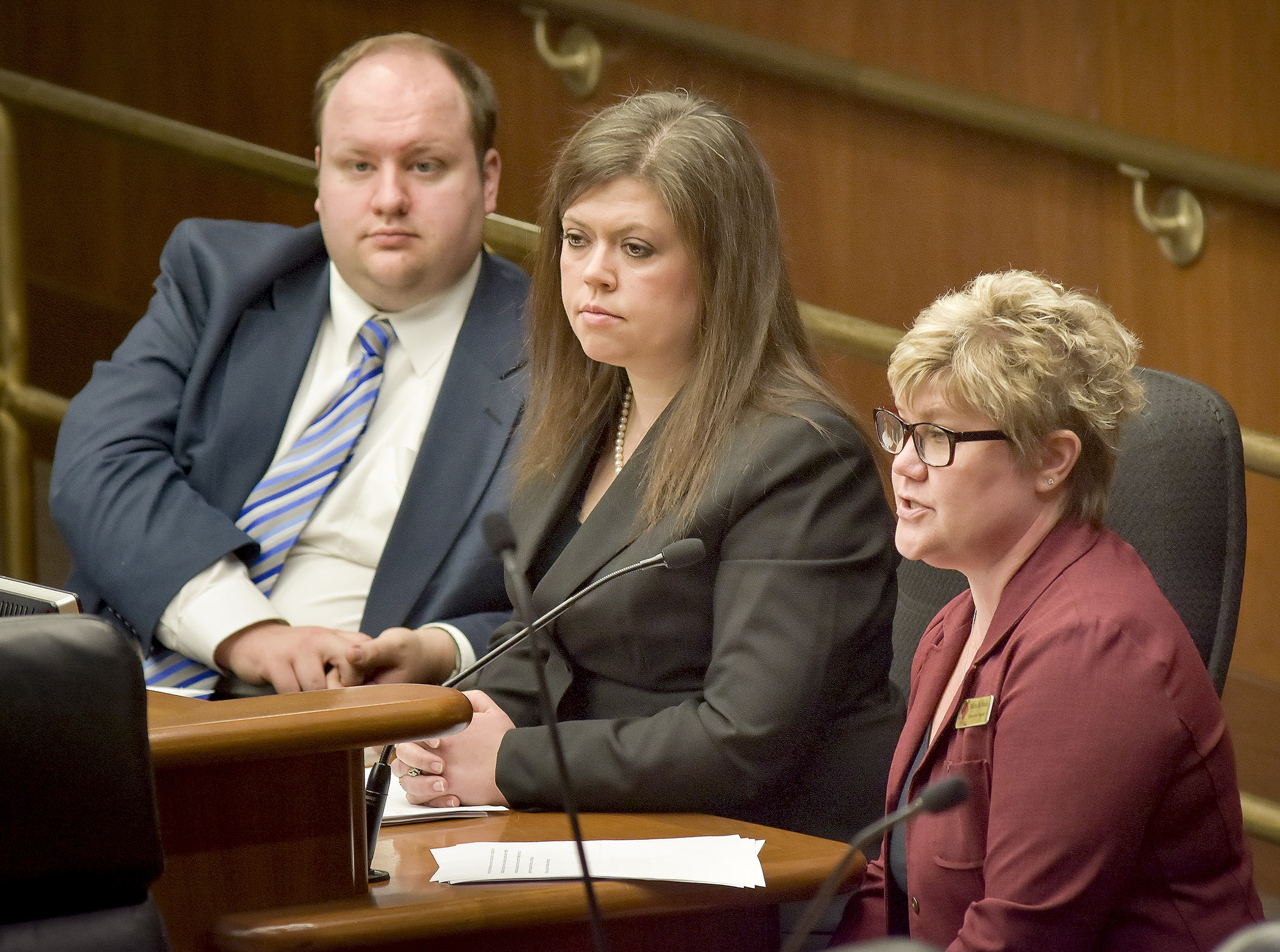Advocates say reform to elder care waiver would improve payment rates

There’s a waiting list to get into some of St. Francis Health Services’ assisted living facilities, despite apartments to spare.
That’s because the payment rates for low-income seniors in the Medical Assistance elderly wavier program don’t cover the cost of their care, forcing St. Francis to limit how many of these seniors they take in, said Danielle Lesmeister, director of community services.
“As our senior population grows, our demand for senior care will also increase. … In recent years, the elderly wavier program has not received the financial support it needs to meet the demand of today’s seniors or the growing future demand,” she said.
HF823 would reform the elderly wavier program. The bill, sponsored by Rep. Joe Schomacker (R-Luverne), was approved as amended by the House Subcommittee on Aging and Long-Term Care Wednesday and referred to the House Health and Human Services Reform Committee.
A companion, SF668, sponsored by Sen. Karin Housley (R-St. Marys Point), awaits action by the Senate Aging and Long-Term Care Policy Committee.
The elderly wavier program allows elderly Minnesotans enrolled in Medical Assistance to remain in their own homes and communities while receiving the same level of care available in a nursing facility, usually at a lower cost, Schomacker said.
LISTEN Full audio of Wednesday's committee hearing
The program began more than two decades ago and has saved the state millions of dollars, but needs to be updated to complement nursing home reimbursement reforms passed in 2015, said Todd Bergstrom, director of research and data analysis for Care Providers of Minnesota.
HF823 would change the way payment rates are set to better reflect workforce needs and changes in the market. It calls for a one-time $5 million appropriation in Fiscal Year 2017 to develop performance measures.
In addition to allowing payments to be tied to the performance of care providers, the bill includes a measure that allows a temporary increase in service costs to prevent hospital stays.
The new rate system would allow care providers to more effectively recruit and retain employees, which will be especially important as the need continues to increase as Minnesotans continue to age, Schomacker said.
“It’s a very complex process and a very complex program, but very important to keeping people in their homes and in the community,” said Jeff Bostic, director of data and finance policy at LeadingAge Minnesota.
Related Articles
Search Session Daily
Advanced Search OptionsPriority Dailies
Ways and Means Committee OKs proposed $512 million supplemental budget on party-line vote
By Mike Cook Meeting more needs or fiscal irresponsibility is one way to sum up the differences among the two parties on a supplemental spending package a year after a $72 billion state budg...
Meeting more needs or fiscal irresponsibility is one way to sum up the differences among the two parties on a supplemental spending package a year after a $72 billion state budg...
Minnesota’s projected budget surplus balloons to $3.7 billion, but fiscal pressure still looms
By Rob Hubbard Just as Minnesota has experienced a warmer winter than usual, so has the state’s budget outlook warmed over the past few months.
On Thursday, Minnesota Management and Budget...
Just as Minnesota has experienced a warmer winter than usual, so has the state’s budget outlook warmed over the past few months.
On Thursday, Minnesota Management and Budget...